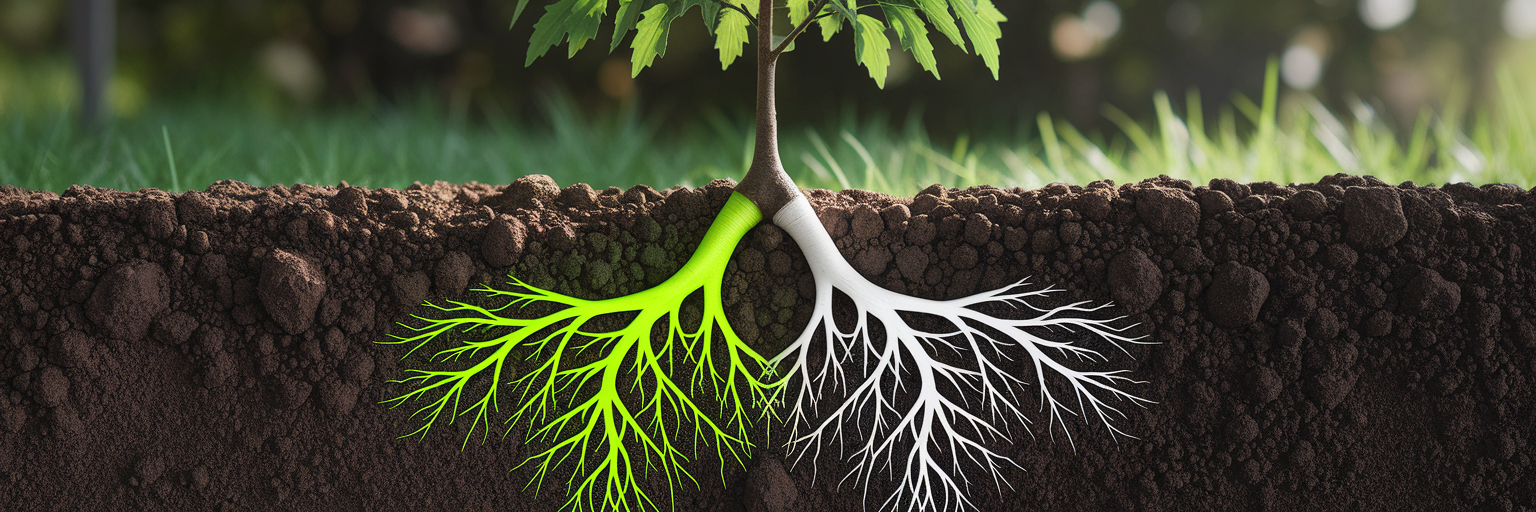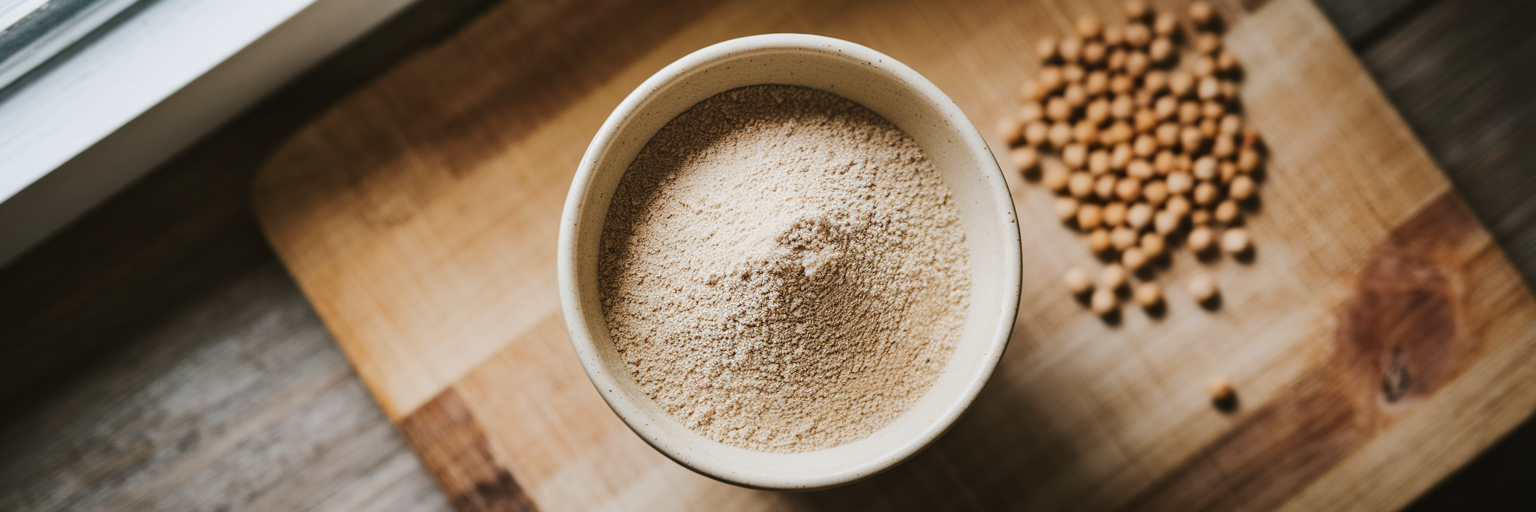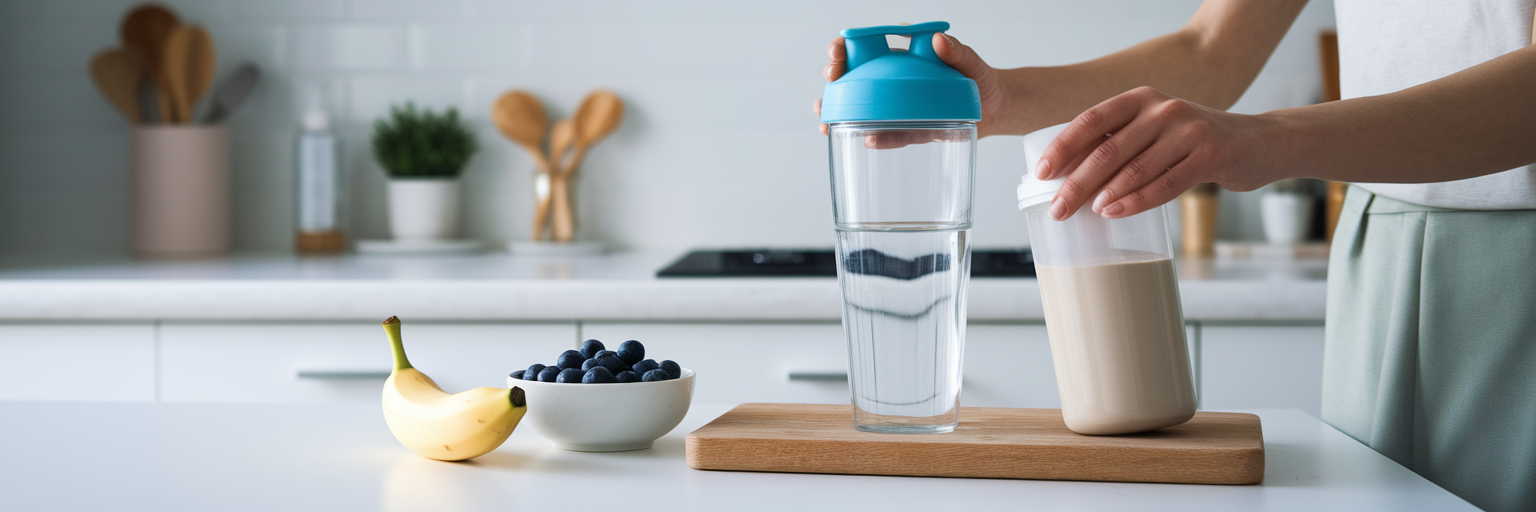The Plant-Powered Path to Peak Performance
So, you're committed to a plant-based lifestyle and serious about building muscle? Awesome. You're in the right place. Many athletes wonder if they can achieve their strength goals without animal products, and the answer is a resounding yes, especially when you have the right strategy.
Think of vegan protein and creatine as the ultimate power couple for your fitness journey. While each is effective on its own, their combined force creates a synergy that supports muscle growth, strength, and recovery. This guide will show you exactly why this duo works so well together. We'll cover how to dose and time them for maximum effect and give you simple, actionable tips to make them a seamless part of your daily routine. No confusion, just a clear path forward.
Why This Combo is a Game-Changer for Vegans
To understand why this combination is so effective, it helps to know what each component does for your body. It’s not just about throwing supplements into a shaker cup; it’s about giving your muscles precisely what they need to repair and grow stronger, especially when you're on a plant-based diet.
The Role of Protein in Muscle Repair
Every time you lift weights or push through a tough workout, you create tiny micro-tears in your muscle fibers. This is a good thing—it’s the signal for your body to rebuild them bigger and stronger. To do this, your body needs amino acids, which are the building blocks of protein. Consuming enough protein triggers a process called muscle protein synthesis (MPS), where your body gets to work on those repairs. Without adequate protein, your recovery stalls, and so do your gains.
Creatine: Your Muscles' Energy Source
If protein is the construction crew, creatine is the power plant. Your muscles use a molecule called ATP for quick, explosive energy—think lifting a heavy weight or sprinting. Creatine acts like a rapid recharge station for your ATP, allowing you to push out more reps or lift heavier before hitting fatigue. This increased work capacity during your training sessions is what leads to greater strength and muscle growth over time.
The Unique Advantage for Plant-Based Athletes
Here’s where it gets particularly interesting for vegans. Creatine is naturally found in animal tissues, so those on a plant-based diet typically have lower baseline levels in their muscles. As research from Vegan Health points out, this means that when vegans supplement with creatine, they are filling a larger deficit. The result? The improvements in strength and performance can be even more noticeable compared to their omnivorous counterparts. This makes the combination of protein and creatine one of the most effective vegan muscle growth supplements available.
Getting Your Creatine Dosage Right
Figuring out how to take creatine is simpler than you might think. There are two common approaches, but the most important factor for success is consistency. Let's break down the best practices so you can feel confident in your routine.
The Optional 'Loading Phase' for Quick Results
Some people like to start with a creatine loading phase for vegans to saturate their muscles quickly. This involves taking 20–25 grams of creatine per day, split into 4–5 smaller doses, for about 5–7 days. While this can speed up the initial benefits, it's completely optional. You will reach the same saturation point over time without it, so don't feel pressured if you prefer a simpler start.
The Standard 'Maintenance Phase' for Long-Term Gains
The most common and straightforward method for how to take creatine vegan style is the maintenance phase. Simply take 3–5 grams of creatine monohydrate daily. That’s it. Consistency is far more important than the exact time of day you take it. Just make it a habit, like brushing your teeth. This steady dose ensures your muscles stay saturated and ready to perform day in and day out.
Key Considerations: Hydration and Safety
You may have heard that creatine causes water retention, but it's important to understand what that means. Creatine pulls water into your muscle cells, which is actually a good thing. It helps hydrate the muscle, supports performance, and can even make your muscles look fuller. Just be sure to drink plenty of water throughout the day. Creatine monohydrate is one of the most researched supplements on the market and has an excellent safety profile. For a pure and effective option, our Creatine Monohydrate is a trusted choice to support your goals.
Optimizing Your Vegan Protein Intake
With your creatine plan in place, the other half of the equation is ensuring you get enough high-quality protein. This isn't about guesswork; it's about hitting specific targets to give your body the resources it needs for muscle repair and growth.
For active individuals looking to build muscle, a good target is 1.6 to 2.2 grams of protein per kilogram of body weight each day. To maximize muscle protein synthesis, aim to consume 20–30 grams of protein per meal or snack. Spreading your intake throughout the day is more effective than trying to cram it all into one or two large meals.
When it comes to choosing the best plant based protein powder, you have great options. Blends are often recommended because they combine different sources to create a complete amino acid profile, similar to whey protein. If you're wondering which is right for you, we break down the options in our detailed guide.
| Protein Source | Key Benefit | Best For |
|---|---|---|
| Pea Protein | Rich in BCAAs, highly digestible | Muscle building and recovery |
| Rice Protein | Hypoallergenic, good source of cysteine | Combining with pea protein for a complete profile |
| Soy Protein | Complete amino acid profile, contains all 9 EAAs | A standalone, complete protein source |
| Protein Blends (Pea & Rice) | Complete amino acid profile similar to whey | Maximizing muscle protein synthesis |
Note: This table highlights the primary advantages of each protein type. Protein blends are often recommended as they combine the strengths of multiple sources to create a more robust amino acid profile.
Perfect Timing for Maximum Gains
Now that you know the right amounts of protein and creatine to take, let's talk about timing. While consistency is king, a little bit of strategy can help you get the most out of your supplements, especially right after a workout.
You've probably heard of the post-workout "anabolic window." While modern research shows this window is wider than the 30 minutes we once thought, consuming a post workout vegan shake within an hour or so after training is still a fantastic habit. Your muscles are primed for nutrients, and it’s an easy way to kickstart the recovery process.
This is where the vegan protein and creatine combo truly shines. The most effective strategy is to take your 3–5 gram maintenance dose of creatine along with your post-workout protein shake. Why? The carbohydrates often found in a protein shake (from fruit like a banana or the powder itself) can cause a small insulin response. This response helps shuttle both the amino acids from the protein and the creatine into your muscle cells more efficiently. To keep things interesting, check out some of our favorite vegan protein recipes you'll actually look forward to making.
On rest days, the timing is less critical. Continue to take your 3–5 grams of creatine at any time that’s convenient for you to maintain muscle saturation. For protein, simply focus on hitting your total daily goal through a combination of whole foods and shakes spread throughout the day.
Your Daily Plant-Powered Action Plan
Let's put it all together into a simple, actionable plan you can start today. No complex schedules, just a straightforward routine to support your muscle-building goals.
- Morning: Start your day with a large glass of water. Hydration is key for performance and for helping creatine do its job.
- Workout: Give it your all in the gym, knowing you're fueled and ready.
- Post-Workout (within 60 minutes): This is the sweet spot. Mix a shake with 25 grams of vegan protein and 3–5 grams of creatine.
- Throughout the Day: Focus on hitting your total daily protein target with meals rich in tofu, lentils, beans, and tempeh. Add another protein shake if needed to reach your goal.
For an easy and delicious shake, try mixing your protein and creatine powders with unsweetened almond milk for a creamy texture. Blending it with a banana not only adds flavor but also provides carbohydrates that help with creatine absorption. This simple routine provides benefits beyond just muscle, supporting better recovery, reduced soreness, and even cognitive function. Ready to get started? You can explore our full collection of plant-powered supplements to find what fits your routine.
Go Forward and Grow
Building the physique you want on a vegan diet isn't just possible—it's straightforward with the right strategy. By combining a consistent 3–5 gram daily dose of creatine with a sufficient intake of high-quality vegan protein, especially 20–30 grams post-workout, you give your body the exact tools it needs to build serious muscle.
You have the knowledge, now go put it to work. Stay consistent, train hard, and fuel your body right. If this guide was helpful, feel free to share it with a friend on a similar journey. We're here to support you every step of the way, so feel free to explore our mission at Beyond Good Foods to see what we're all about.






